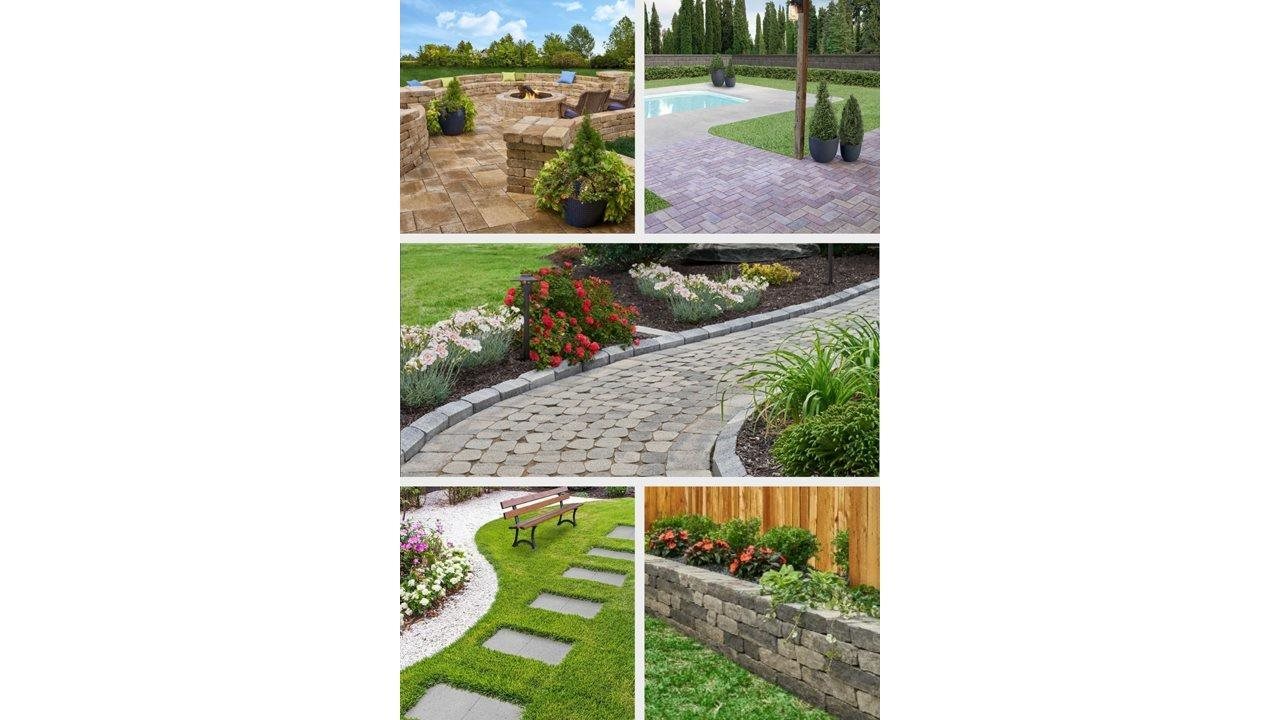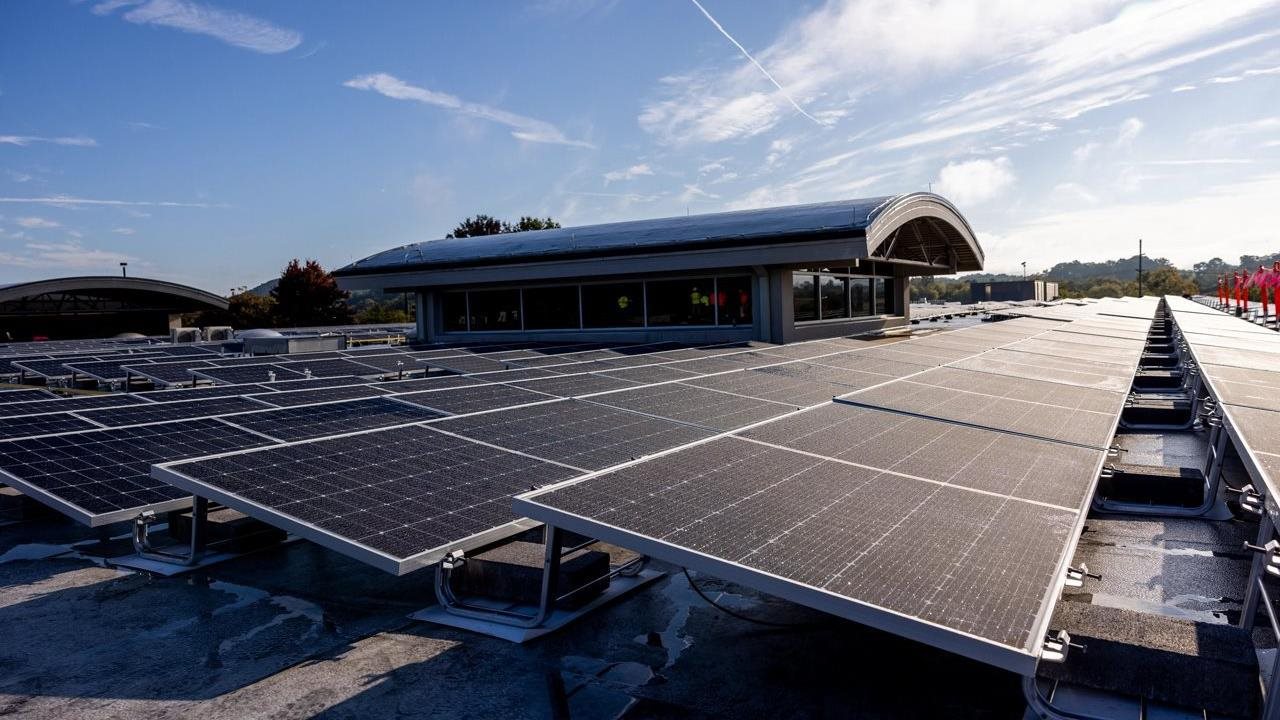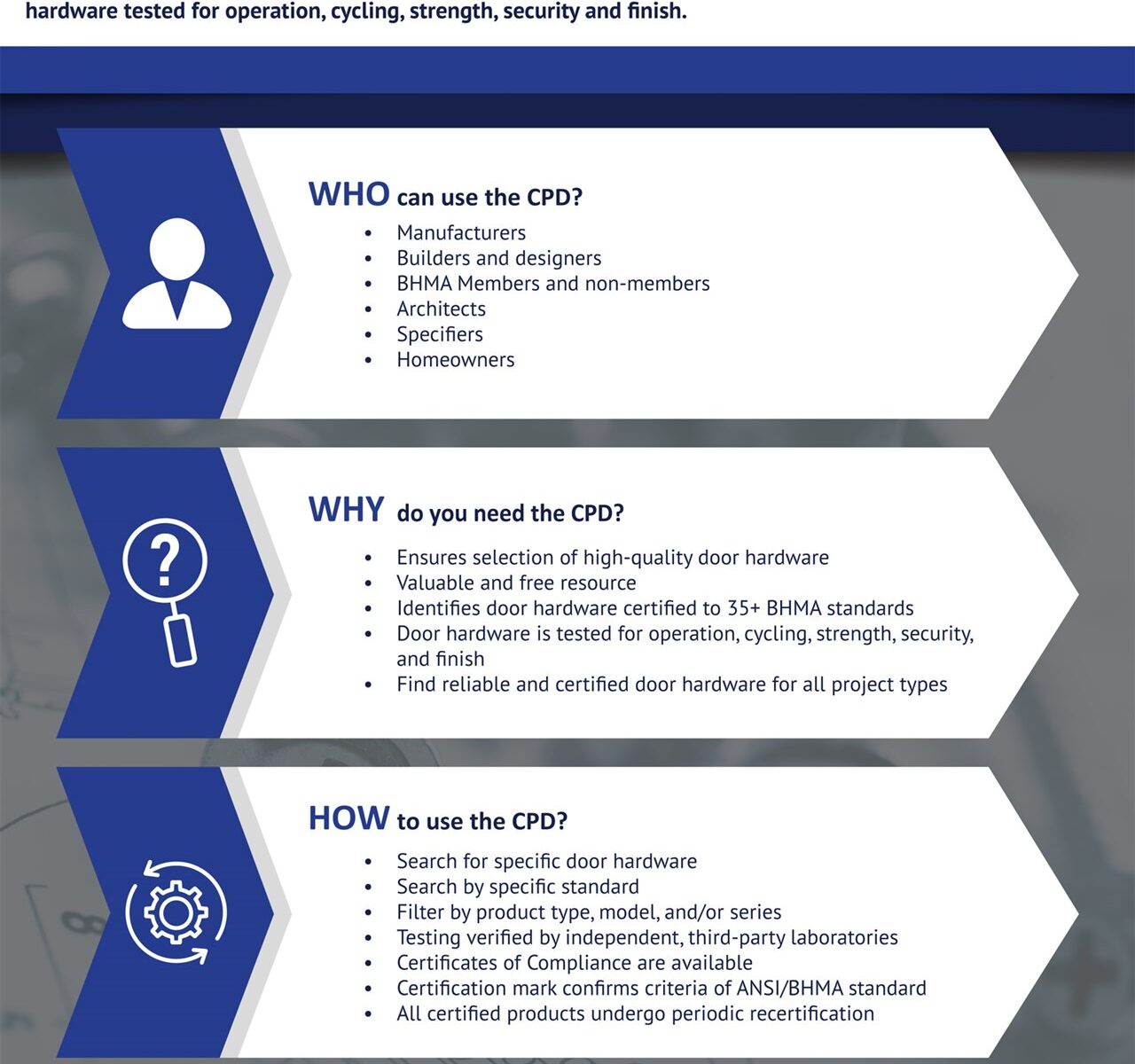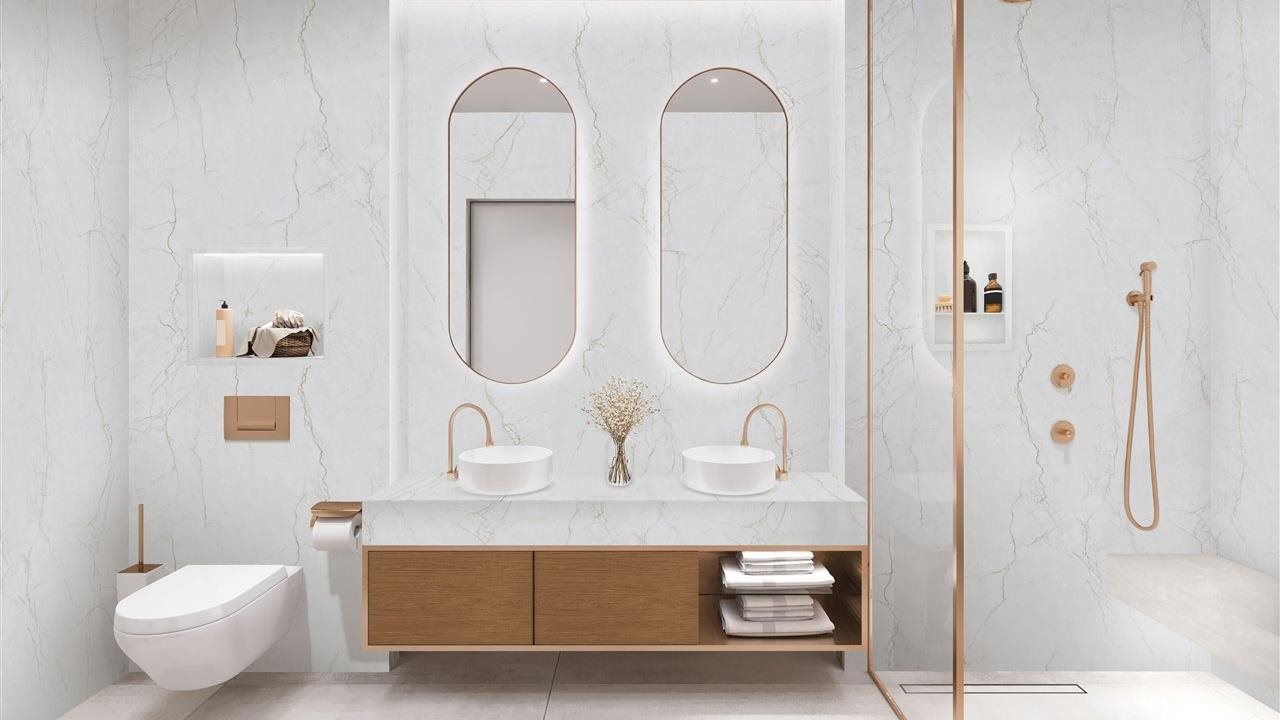2024-01-31T04:01:00
(BPT) – If you or a loved one are planning on making improvements to your home to help you age in place comfortably and safely, you’re probably focusing your attention on areas inside the home. But have you also thought about how outdoor spaces can affect your ability to enjoy your home as you get older? Creating accessible, low-maintenance environments that can extend your living space to include the outdoors is an effective way to increase the value of your home, while making the most of the home you’ve grown to love.
Here are five home paver projects to consider that can enhance the quality of life for anyone with the desire to age in place.
1. Accessible pathways
Creating smooth and easily navigable pathways throughout your outdoor space is crucial for age-in-place living. Installing pavers that have a non-slip surface ensures stability, while minimizing steps or elevation changes will increase safety and comfort for anyone with mobility challenges. In addition, using edgers like Pavestone’s RumbleStone® edgers outlines and draws attention to these paths while incorporating visual elements from the spaces they connect.
A well-designed pathway helps to connect various areas of the property, promoting independence and providing a sense of freedom.
2. Patio expansion
Expanding or renovating your patio with large-scale step stones or traditional pavers (and edging or wall block) can significantly enhance your outdoor living spaces.
It’s best to choose slip-resistant pavers to reduce the risk of accidents, and consider incorporating seat walls or built-in benches for convenient resting spots. A well-designed patio made with Pavestone RumbleStone, for example, encourages outdoor activities, socializing and relaxation while maintaining the comfort and safety needed for older adults.
3. Raised garden beds
If you enjoy gardening, raised garden beds constructed with wall blocks, like Pavestone’s Ladera® wall block, can keep the joy of growing plants and flowers as part of your life without the physical strain. Elevating the planting area reduces the need for bending or kneeling, making it more accessible for anyone with limited mobility.
Wall blocks provide a stable and durable border, making the raised garden beds not only functional, but also aesthetically pleasing.
4. Threshold ramps
Eliminating barriers between indoor and outdoor spaces or between separated outdoor areas is essential for age-in-place living. Installing threshold ramps made of pavers like Pavestone’s Holland stone ensures a smooth transition between different floor levels such as from the house to the patio. These ramps are not only practical, but also add a seamless design element to the overall aesthetic of the property.
5. Low-maintenance, multi-functional outdoor spaces
You can create outdoor spaces to serve multiple purposes to accommodate changing needs as you or a loved one grows older. Paver projects that incorporate sitting areas, shade structures and even low-maintenance green spaces offer a range of possibilities without requiring extensive upkeep.
For example, previously sodded spaces can be quickly covered with larger-scale step stones and landscape rock. This versatility allows for the easy adaptation of the outdoor environment to varying mobility levels and preferences over time.
Using these top five home outdoor paver projects, you or your family members can age in place with confidence, surrounded by spaces that promote independence, well-being and a high quality of life. Investing now in outdoor paver projects tailored for age-in-place living is a thoughtful and proactive approach to maintaining a comfortable and safe home environment for years to come. These projects not only enhance accessibility for anyone living in or visiting your home, but also contribute to the overall aesthetic and functionality of your property.
Visit Pavestone.com for more design inspiration and ideas to improve your home at any life stage.












